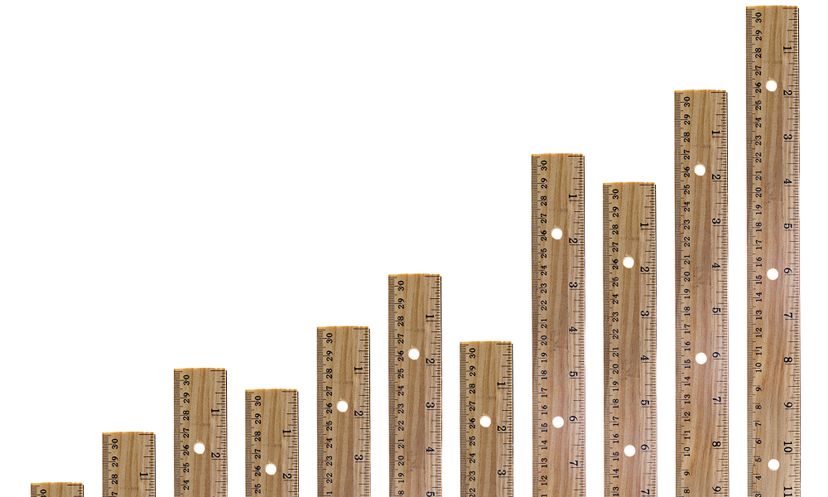
About This Quiz
Do you have Le Système International d'Unités -- that's the International System of Units to the rest of us -- all straightened out? Test your metric mastery in this quiz!The International System of Units follows the abbreviation nomenclature of its primary language, and Le Système International d'Unités, although it could potentially be known as LSIU, is abbreviated simply as SI.
Metric was officially legalized for use in the United States in 1866. But despite political, economic and scientific pushes for the widespread adoption of the SI system, it never really caught on with the American public.
In celebration of the metric system's fondness for powers of 10, National Metric Week falls in the tenth month of the year, in the week surrounding the tenth day of the month.
Advertisement
Many believe the adoption of SI in the United States would not only facilitate international trade, it would be easier for the public to understand and manipulate once they'd caught on.
The metric system contains seven base units that all the other measurements are derived from in one way or another. They are currently the meter, the kilogram, the second, the kelvin, the mole, the ampere and the candela.
There are currently 20 prefixes in the SI repertoire, ranging from yotta (1024) to yocto (10-24), with more familiar prefixes like giga, kilo, milli and micro in between.
Advertisement
While the temperatures of the two scales are different -- Celsius caters to practical thermometer needs like boiling water and kelvin facilitates expressing extreme temperatures like absolute zero -- the intervals between degrees is the same.
The length of a meter used to be determined by the circumference of the Earth, but now it's determined by the speed of light. A meter is how far light travels in a vacuum in 1/299,792,458 of a second.
Seconds are determined by radiation events that happen to cesium-133 atoms.
Advertisement
Historically, a kilogram was equal to the mass of a liter of water. Currently, it is the mass of an artifact -- the International Prototype Kilogram housed in Sèrves, France -- although there are plans afoot to redefine the kilogram and make it a more exacting measurement.